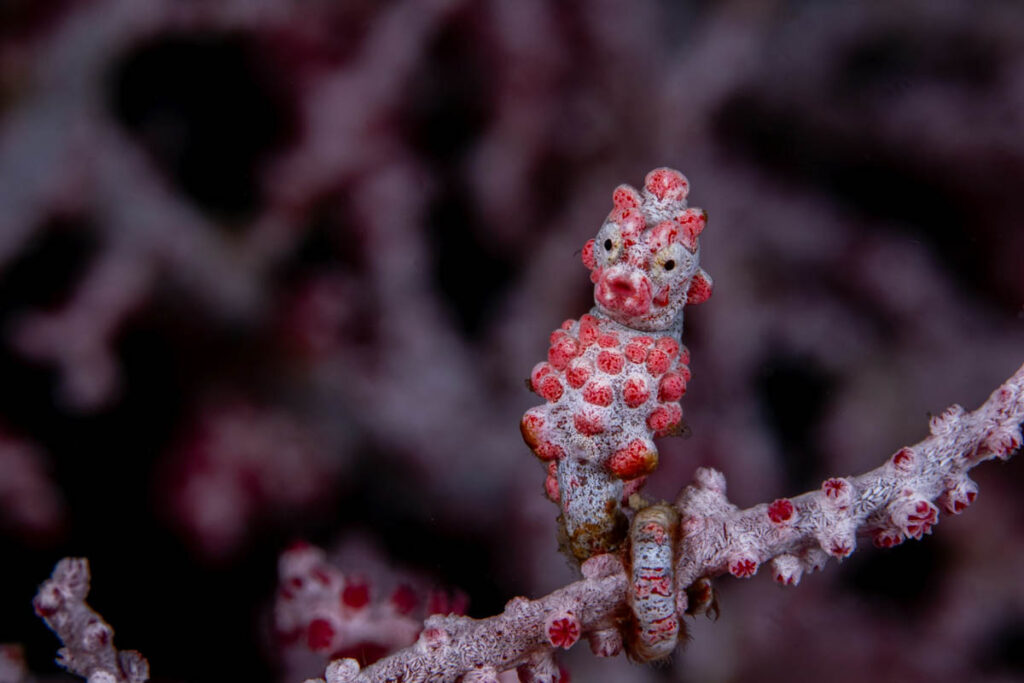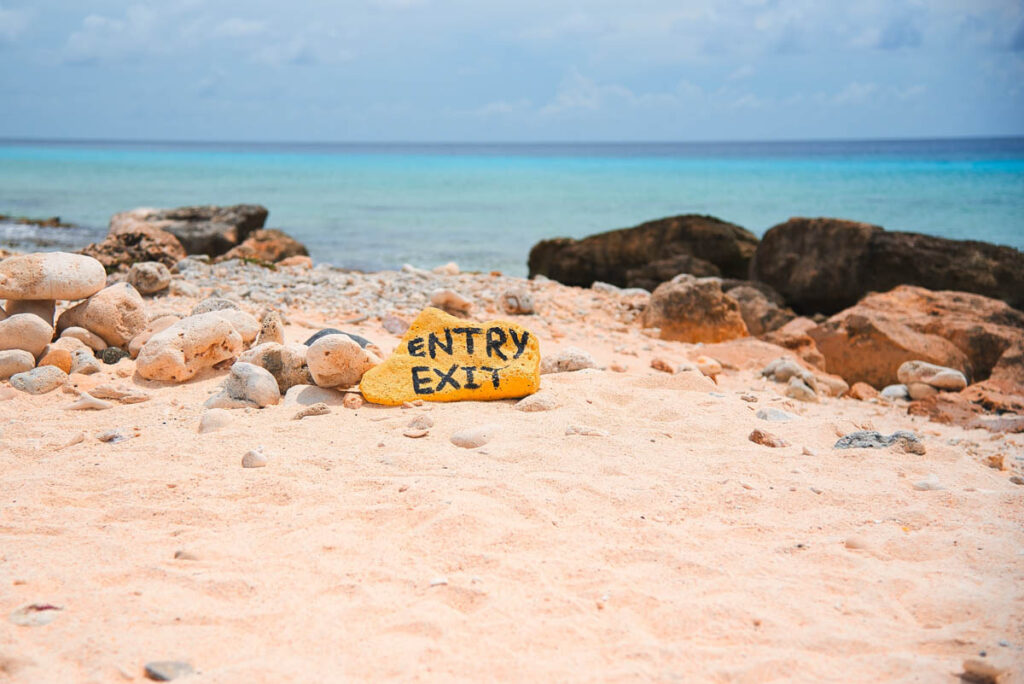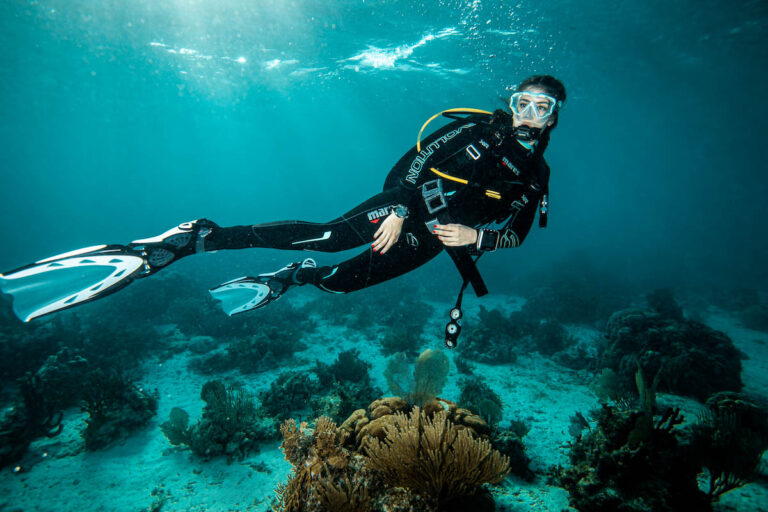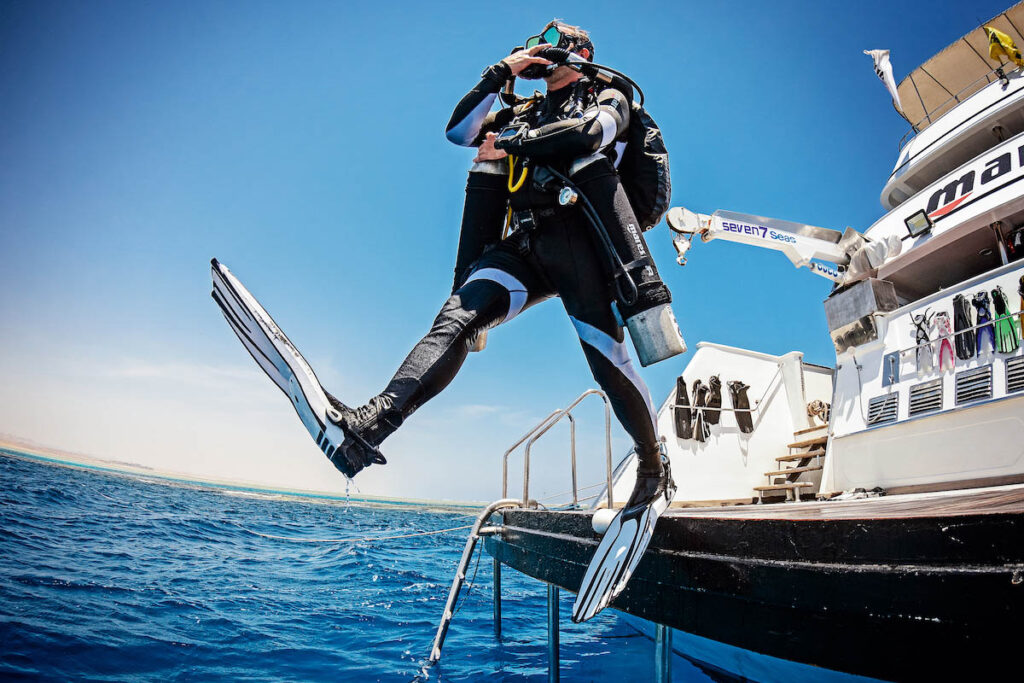When was the last time you really looked at your dive log?
Not just to record your bottom time or air consumption, but to reflect on the dive as a whole—what you saw, what you learned, and how you felt underwater. Your dive log is more than just a list of stats; it’s a personal record of your underwater journey. And with just a few thoughtful additions, it can become one of your most valuable tools for growing as a diver.
Whether you’re just getting started or you’ve logged hundreds of dives, here are some of the top things to add to your dive log that you might not have thought of—but definitely should.
1. Conditions You Found Challenging (and How You Handled Them)
We all have moments underwater that test us. Maybe it was your first time diving in strong currents, navigating surge, or feeling cold mid-dive. Instead of brushing those moments off, write them down. Note what happened, how you felt, and what you learned from it.
This kind of reflection builds resilience. Over time, you’ll notice patterns in how you handle challenges and see just how far you’ve come. It also helps your dive instructor or buddy understand your experience and comfort level better when you’re planning advanced dives.
If you want to really level up your dive confidence, join a Rescue Diver course. It’s great fun and many divers say it is one of the best and most rewarding courses they’ve ever done.

2. Wildlife Encounters (Big or Small)
Seeing a manta ray or shark is unforgettable, but don’t underestimate the power of noting the little things as well: the moment a nudibranch caught your eye, the way a clownfish defended its anemone, or spotting your first pygmy seahorse. It’s easy to overlook those tiny encounters as your dive log grows.
Documenting marine life sharpens your observation skills and helps you recognize different species more easily over time. It also encourages environmental awareness—which makes you a better buddy, guide, or photographer.
Want to learn more? Check out SSI’s Marine Ecology and Fish Identification courses. They give you the knowledge to name what you see and understand how these species behave.
3. Skills You Practiced
Even if you’re not doing a course, you’re likely still practicing skills on most dives. Did you try hovering mid-water? Navigate without following someone? Adjust your weighting or practice a frog kick?
Noting which skills you practiced—and how well they went—turns your logbook into a training journal. Over time, you’ll build a clearer sense of your strengths and what you want to improve, giving your diving more purpose and progression.
4. What Made the Dive Special
This one’s simple but so often overlooked.
What moment brought you joy? What surprised you or made you laugh? Was the light at the dive site unforgettable? Dive logs can capture emotions too—and that’s what makes reading them back years later so rewarding.
It also helps reconnect you to the ‘why’ of diving. When conditions aren’t perfect, remembering the little moments of awe or fun can reignite your enthusiasm.
5. Gear Notes (Especially Small Tweaks)
We all know to record an overview of the gear we used, but what about the little things?
Did you adjust your trim weight to make your dive better? Was your mask slightly leaky or foggy, or did your new fins feel just right? Did you try a thicker glove and lose some dexterity? Note them all down in your dive log.
These tiny tweaks add up to big comfort improvements over time. Keeping track means you can fine-tune your setup for future dives, instead of learning the same lesson twice. And if you’re regularly diving in new environments (cold, current, altitude), tracking your gear adjustments can help prepare you better for future travel.

6. Confidence Level and Headspace
How did you feel before, during, and after the dive?
Logging your mindset might seem unnecessary, but it’s incredibly useful. If you felt anxious before the dive but calm afterwards, write that down. If you hesitated on the descent or nailed your first backward roll, celebrate it.
Confidence builds through repetition and reflection. The more aware you are of how you respond underwater, the more you can adapt and grow as a diver.
Returning divers especially benefit from this—if you’ve had a break from diving or a tough experience, tracking your emotional journey and successes is as important as the technical details. You can return to your dive log for encouragement when your mind is stuck in fear.
7. Photos and Buddy Memories
If you take underwater photos or go diving with the same group regularly, adding those details can bring your log to life.
Even a quick note like “dove with Sam – her first wreck dive!” or “spotted a huge moray at the cleaning station” can bring back vivid memories months or years later. If you’re using a digital log like the MySSI app, you can even upload photos to attach to each dive.
If you dive with a compatible SCUBAPRO computer, you can now automatically sync your dive data into your MySSI logbook. This new update saves time and has big potential for making your dive log more seamless, accurate, and personal.
Why All of This Matters
Adding more detail to your dive log isn’t about making it perfect or impressive. It’s about creating a deeper connection to your dives and giving yourself a clear pathway to improvement.
You’ll be able to:
- Track your progress and patterns
- Identify skills to work on
- Share meaningful dive stories
- Prepare more confidently for future trips
- Create a lasting record of your underwater life
Plus, it gives instructors and dive pros a clearer picture of your experience if you’re booking courses, trying new conditions, or thinking about professional-level training.

Dive Sites Worth Logging in Detail
If you’re looking for destinations where a detailed log will really shine, check out these top dive spots:
- Bonaire – With endless easy shore diving and protected waters full of life, you can track buoyancy changes, wildlife sightings, and skill work site by site.
- Raja Ampat, Indonesia – This bucket-list destination is ideal for fish and coral ID. It’s one of the most biodiverse places on Earth and each dive reveals something new.
- Red Sea, Egypt – This is a top spot for colorful reef dives and world-class wrecks. You can note wreck layouts, work on navigation skills, and warm-water gear adjustments.
- Galápagos Islands – Love marine megafauna? Look no further than this iconic dive spot to tick off everything from mantas, sharks, dolphins, and sea lions to marine iguanas.









